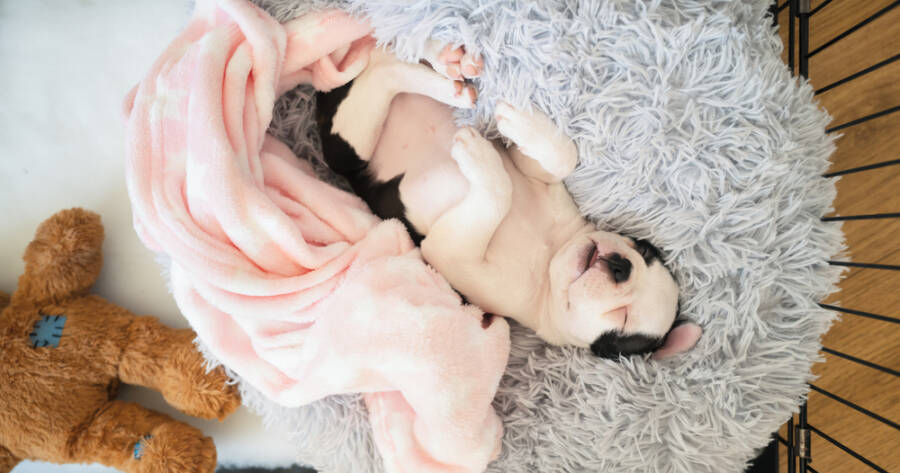Crate training isn’t just about teaching your puppy boundaries—it’s about creating a safe, comforting space they can call their own. When done with patience and care, it becomes a powerful tool for housebreaking, reducing anxiety, and keeping your puppy out of trouble. The process takes time, but a calm approach benefits both you and your four-legged friend.
Start Slow and Make It Positive
The crate should never feel like a punishment. Start by leaving the crate door open and letting your puppy explore it freely. Toss in a treat or favorite toy to create a positive association. Reward any curiosity with gentle praise to build trust and interest in the space.
Keep initial sessions short and stress-free. Feed your puppy near or inside the crate, gradually increasing their time inside with the door closed. Aim to make the crate feel like a cozy den—not a cage. A soft blanket, chew-safe toy, and quiet surroundings help your puppy feel secure and relaxed.
Create a Routine Around Crate Time
Dogs thrive on routine, and crate training works best when it’s predictable. Use the crate during regular naps, at night, or when you leave the house. This teaches your puppy that crate time is just a normal part of their day, not something to fear.
Start with 10–15 minutes and slowly build up to longer stretches. Always make sure your puppy has gone potty and had some playtime before crate sessions to prevent restlessness. Stick to a routine even on weekends—consistency is key to avoiding confusion and setbacks in the training process.
Pay Attention to Timing and Signals
Choosing the right moment to crate your puppy can prevent whining or resistance. Avoid crating immediately after a stressful event like a vet visit or unfamiliar guests. Crate when your puppy is naturally winding down—like after a walk or play session—for a smoother transition.
If your puppy whines in the crate, wait to let them out until they’re quiet. Letting them out while they’re fussing can teach them that noise equals freedom. However, don’t ignore persistent cries without checking for genuine needs—sometimes whining signals a need to potty or discomfort from too much time inside.
Don’t Overdo It—Balance Is Important
A crate is a helpful tool, but it shouldn’t be overused. Puppies need plenty of play, exploration, and human interaction outside the crate. Avoid using it for more than a few hours during the day, especially for young puppies who need regular potty breaks.
At night, the crate should be close to where you sleep—this eases separation anxiety and lets you respond to overnight potty needs. Gradually increase distance over time if desired. Think of the crate as a safe zone, not solitary confinement. The more positive experiences your puppy has, the more they’ll see it as their happy place.
Common Mistakes To Avoid
Forcing your puppy into the crate or using it for punishment can create fear and set back progress. Likewise, don’t rush the process—pushing your puppy too fast often leads to resistance or anxiety. Let them build confidence at their own pace.
Another common misstep is removing them from the crate every time they cry. This teaches them that making noise gets attention. Stay calm, patient, and consistent. Using treats, timing sessions wisely, and offering reassurance goes a long way in building a stress-free crate training experience for everyone involved.
A Safe Space and a Confident Pup
When introduced with patience and care, the crate becomes more than a training tool—it becomes your puppy’s personal sanctuary. Over time, it helps build confidence, supports healthy routines, and gives you peace of mind knowing your pup is safe and comfortable. With consistency and compassion, crate training can be a rewarding process for both of you.
